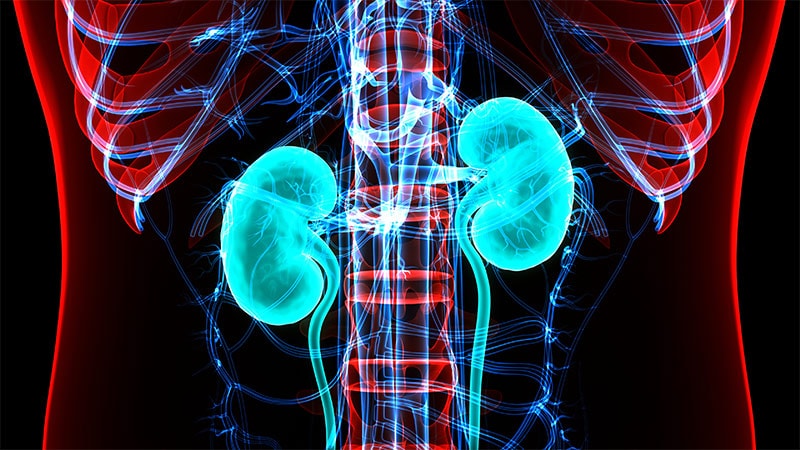Rituximab in conjunction with glucocorticoids is effective at reinducing remission in patients with relapsed antineutrophil cytoplasmic antibody (ANCA)-associated vasculitis (AAV), regardless of previous therapy, according to the findings of the largest prospective study of its kind.
The Rituximab Vasculitis Maintenance Study (RITAZAREM), led by Cambridge University, prospectively enrolled patients relapsing with granulomatosis with polyangiitis or microscopic polyangiitis who received remission-induction therapy with rituximab (4×375 mg/m2) and a higher or lower dose glucocorticoid regimen: reducing from either 1 mg/kg/day or 0.5 mg/kg/day to 10 mg/day by four months. Participants achieving remission were subsequently randomly assigned to receive one of two regimens to prevent relapse.
A total of 188 patients were studied. Prior disease duration was 5.0 (range 0.4-34.5) years. Seventy-nine per cent had previously received cyclophosphamide and 36 per cent had received rituximab.
Almost two-thirds of relapses had at least one major disease activity item, and 29 per cent received the higher dose glucocorticoid regimen.
Ninety per cent of patients achieved remission by four months. Only six patients (3.2% of total study population) did not achieve disease control at month 4.
Four patients died in the induction phase due to pneumonia (2), cerebrovascular accident (1) and active vasculitis (1).
Forty-one severe adverse events occurred in 27 patients, including 13 severe infections.
These data from the induction phase of the RITAZAREM trial, the largest reported prospective cohort of patients with relapsing AAV, demonstrate that rituximab, in conjunction with even relatively low doses of glucocorticoids, is highly effective at reinducing remission in patients with AAV who have relapsed, with a safety profile similar to or better than previous studies.


